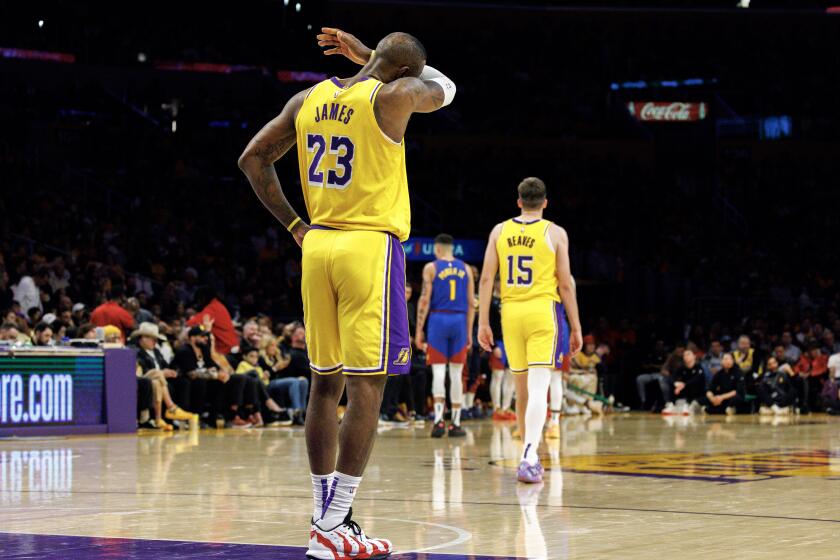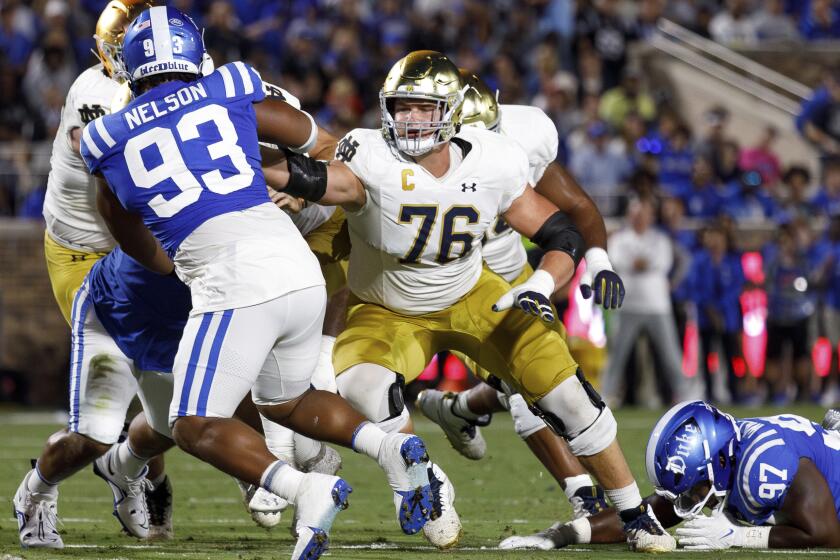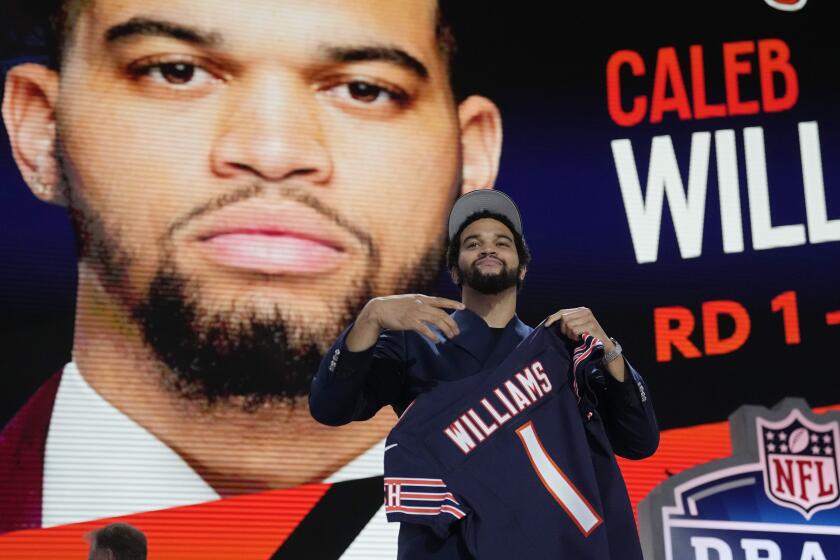New materials help to shape the fabric of their success
FOOTBALL coach Bobby Bowden, who holds the NCAA record for consecutive bowl victories, once said, “You ain’t gonna get to the top unless you’ve got a little poise.” And a little style too.
Early in the 20th century, most of the outfits worn by professional and amateur athletes were so cumbersome that poise, style and a winning game were often hard to deliver. Fortunately for participants and spectators, commerce, technology, training methods and the rules of society changed over the decades, greatly affecting sports clothing.
Technology contributed materials that enhanced performance. Lightweight, stretchy fabrics could keep athletes cool (or warm) and dry, while minimizing wind resistance. Cotton and wool gave way to synthetics.
Most of the techno-fabrics used in sports clothing hugged the body. With the advent of cross-training, athletes in a variety of sports developed more muscular physiques than their forefathers. Skiers looked sexy in spandex leggings. A Babe Ruth-sized paunch went the way of leather football helmets.
Basketball players layered Lycra cut-offs under their baggy shorts, and showed off their buff arms. The loose basketball uniforms that became popular at the end of the century seemed an echo of street fashions influenced by hip-hop artists.
Before the advent of music videos, musicians and singers only had to sound good. In an MTV world, their appearance, and the packaging of it, mattered too. Sports also were affected by being seen as a form of entertainment in competition for fans with their quick trigger fingers on a remote control. It’s never a bad thing if a sports star is easy on the eyes as well as skilled, and form-fitting uniforms could draw attention to a player and enhance his or her appeal. Just ask Serena Williams.
Sportswear manufacturers realized the market for athletic clothing was huge. Consumers who never won a race or scored a basket still wanted gear just like their heroes wore. As society became less formal, clothes and shoes once restricted to the playing field became acceptable everywhere. Suburban housewives spent the day in their tennis outfits; weekend warriors at least looked like competitors, in sweatpants, team jerseys, caps and sneakers. The backpack that originally transported the gear of a serious mountaineer became a hip substitute for a briefcase and was as likely to contain personal electronics and a doughnut as rope, crampons and emergency rations.
Fans still look up to sports stars, but we live now in the age of the citizen athlete, who is also dressed to thrill.
More to Read
Get our high school sports newsletter
Prep Rally is devoted to the SoCal high school sports experience, bringing you scores, stories and a behind-the-scenes look at what makes prep sports so popular.
You may occasionally receive promotional content from the Los Angeles Times.






